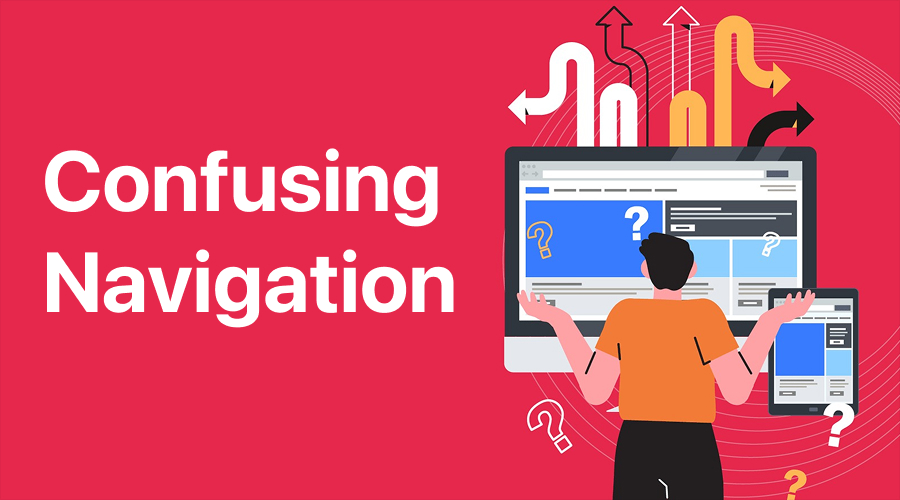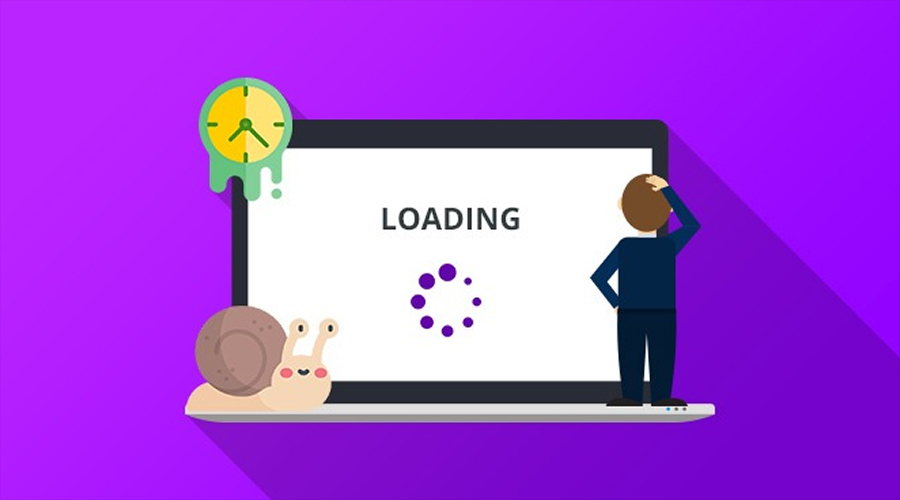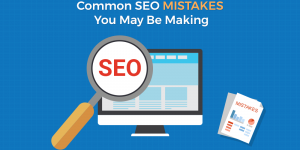
Your website might be driving away potential customers without you even knowing it. Studies show that 38% of people will stop engaging with a website if the content or layout is unattractive, and 88% of online consumers are less likely to return to a site after a bad experience. For small businesses, these statistics represent real revenue walking out the door.
The good news? Most website problems are fixable once you know what to look for. Here are the most common mistakes that small businesses make with their websites and how to solve them.
Poor Mobile Optimization
More than half of all web traffic now comes from mobile devices, yet many small business websites still look terrible on phones and tablets. When your site doesn’t work properly on mobile, you’re essentially telling the majority of your potential customers to shop elsewhere.
Mobile optimization problems include text that’s too small to read, buttons that are impossible to tap, and pages that take forever to load on slower connections. Google also penalizes websites that aren’t mobile-friendly, making them harder to find in search results.
The fix is implementing responsive design, which automatically adjusts your website’s layout to look good on any screen size. Most modern website builders include this feature, but older sites may need updates to meet current standards.
Confusing Navigation

Nothing frustrates visitors more than not being able to find what they’re looking for. Many small business websites suffer from cluttered menus with too many options, unclear labels, or important information buried several clicks deep.
Your navigation should be simple and logical. Stick to five to seven main menu items, use clear descriptive labels instead of creative terms, and make sure your contact information is easy to find. Remember, if visitors can’t figure out how to navigate your site within a few seconds, they’ll leave and find a competitor who makes it easier.
Slow Loading Speeds

Website speed directly impacts your bottom line. Research shows that a one-second delay in page load time can reduce conversions by 7%. If your site takes more than three seconds to load, you’re losing customers.
Common speed killers include large unoptimized images, too many plugins, and cheap web hosting. Professional company website development addresses these issues by optimizing images, streamlining code, and choosing reliable hosting solutions that can handle your traffic needs.
Start by testing your site speed using free tools like Google PageSpeed Insights. Compress your images, remove unnecessary plugins, and consider upgrading your hosting if needed.
Outdated Design and Content
A website that looks like it was built in 2005 sends the wrong message about your business. Outdated designs make visitors question whether you’re still operating or if you care about your online presence.
Beyond visual design, stale content is equally damaging. Blog posts from three years ago, outdated product information, and broken links all signal neglect. Your website should feel current and actively maintained.
Regular content updates don’t have to be overwhelming. Start with a quarterly review to update key information, refresh outdated blog posts, and fix any broken links you discover.
Weak Calls-to-Action
Your website should guide visitors toward taking specific actions, whether that’s making a purchase, signing up for your newsletter, or contacting you for more information. Many small business sites fail to provide clear direction, leaving visitors unsure of what to do next.
Effective calls-to-action use action-oriented language like “Get Your Free Quote” or “Schedule a Consultation Today.” They should stand out visually and be placed strategically throughout your site, especially on your homepage and service pages.
Missing Trust Signals
Online shoppers are naturally cautious about businesses they haven’t heard of before. If your website lacks credibility indicators, visitors may question your legitimacy and choose competitors instead.
Essential trust signals include your physical address and phone number, customer testimonials or reviews, professional photos of your team or location, and any relevant certifications or awards. These elements help visitors feel confident about doing business with you.
Ignoring Local SEO
If you serve customers in your local area, your website should be optimized for local searches. This means claiming and optimizing your Google My Business listing, including location-specific content on your website, and ensuring your business information is consistent across online directories.
Local SEO helps you appear when nearby customers search for services like yours. Without it, you’re missing out on highly qualified leads who are ready to buy from a local business.
Taking Action
The mistakes outlined above might seem overwhelming, but remember that you don’t have to fix everything at once. Start by testing your website on your phone to check mobile functionality, then use free tools to test your site speed. Focus on the issues that will have the biggest impact on your customer experience first.
Your website is often the first impression potential customers have of your business. By addressing these common problems, you can create a better user experience that converts more visitors into paying customers.






